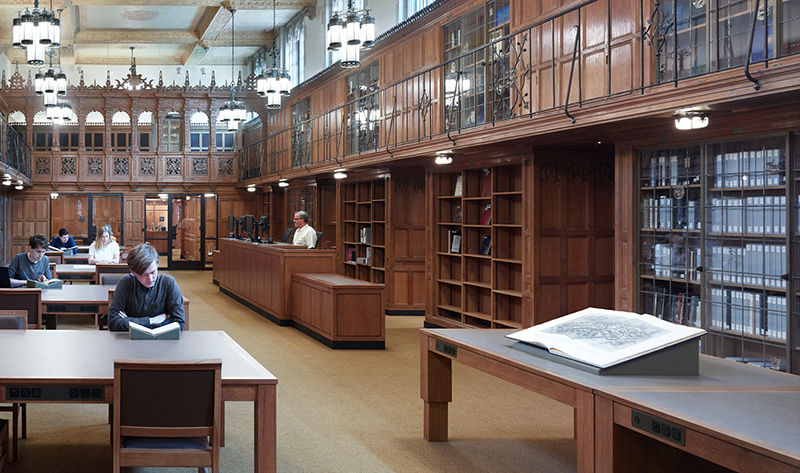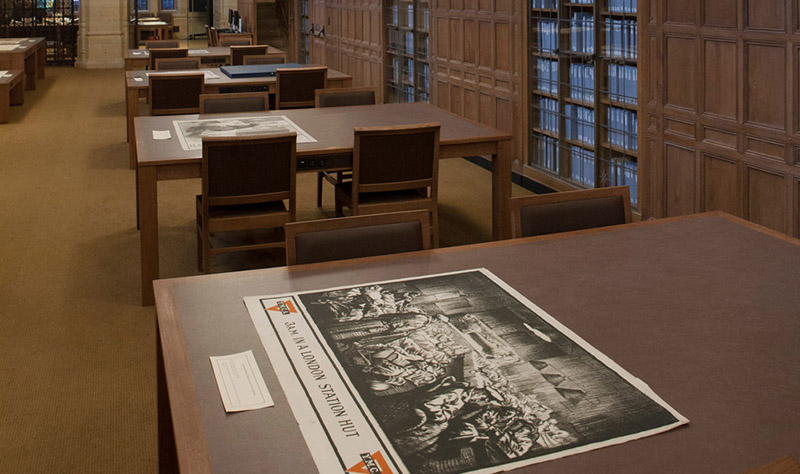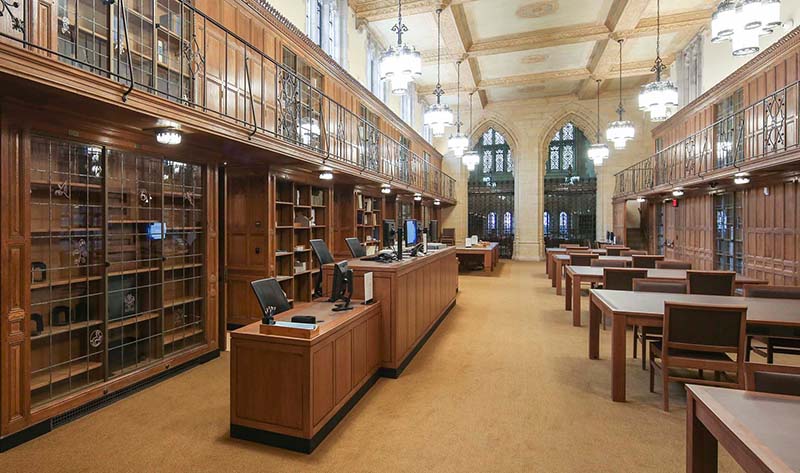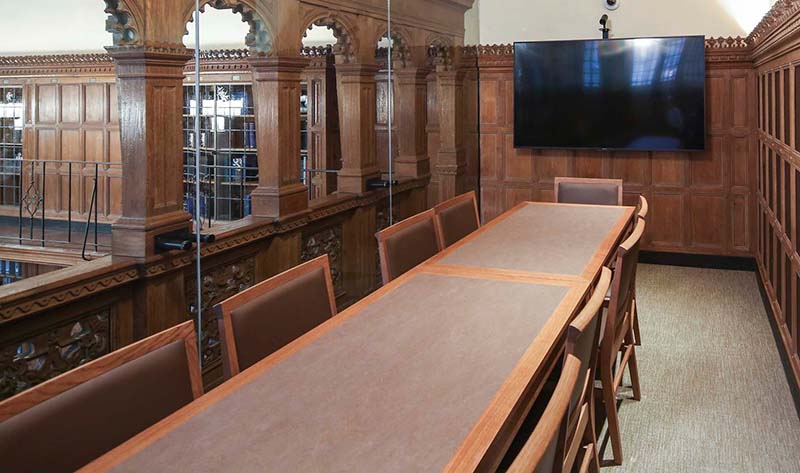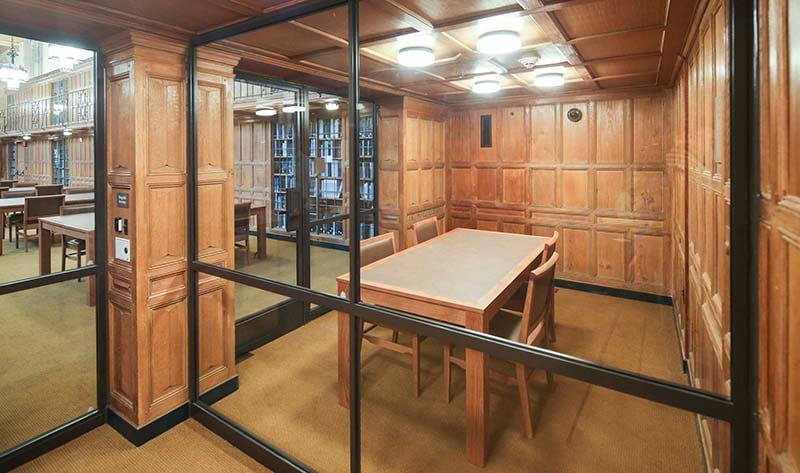Let's work together.
We are furniture design engineers focused on creating long-lasting, high-quality furniture that compliments the architecture it sits in and the operational needs of those who use the space. Working with end clients and their architects, we are experts in the adaptive re-use, conservation and new build of libraries, special collections and reading rooms around the world.

